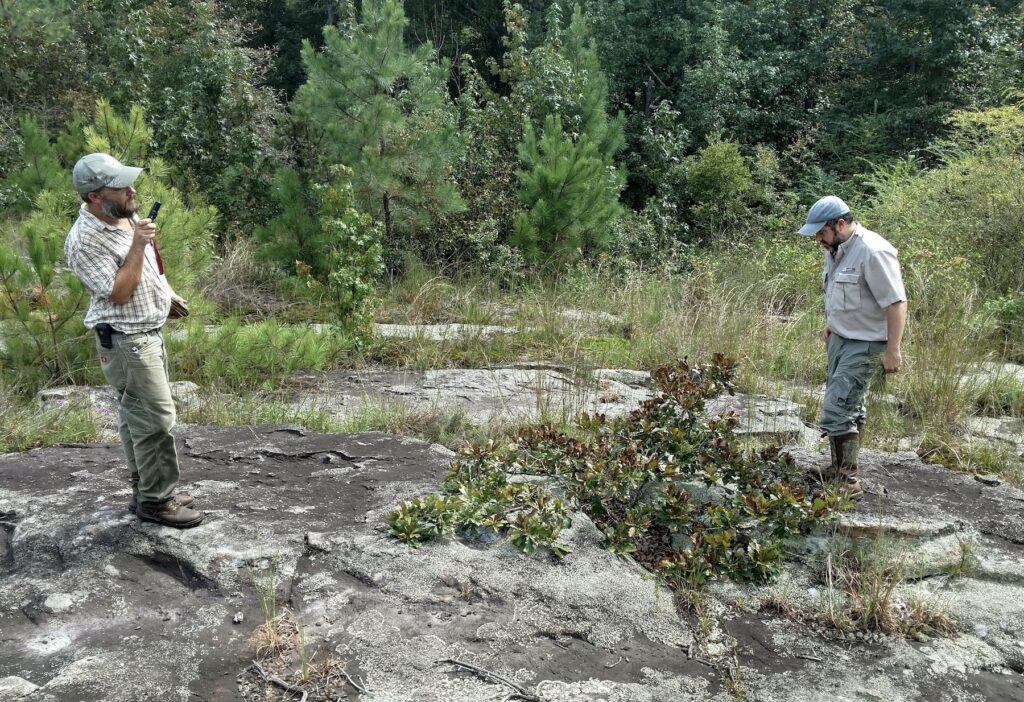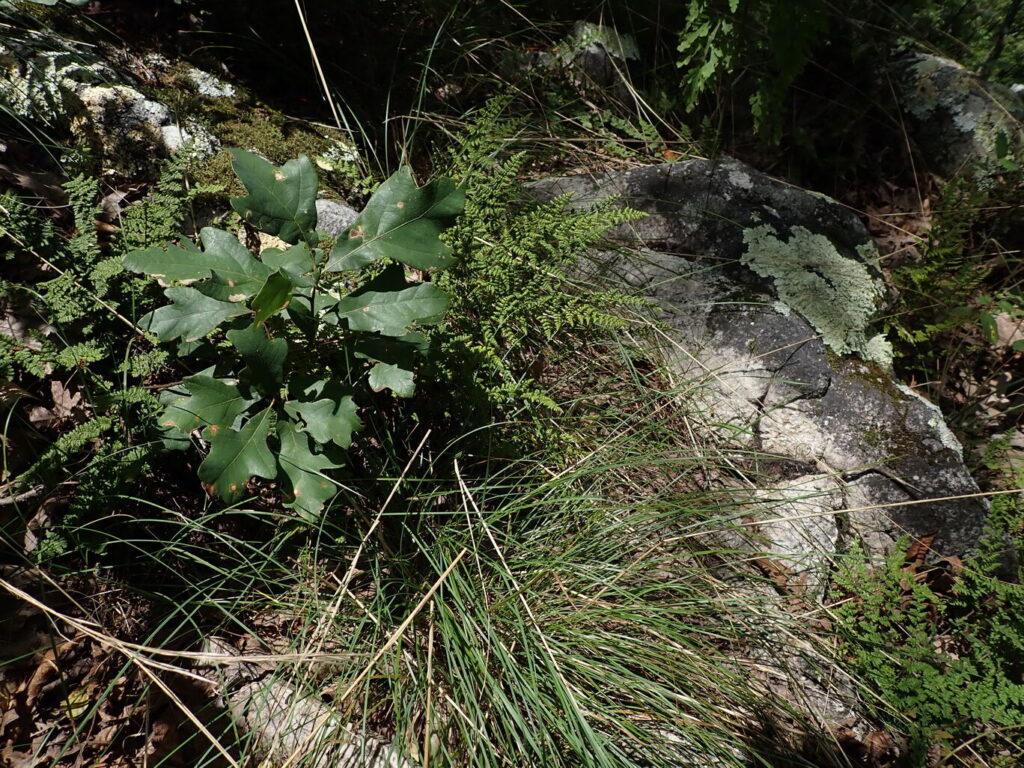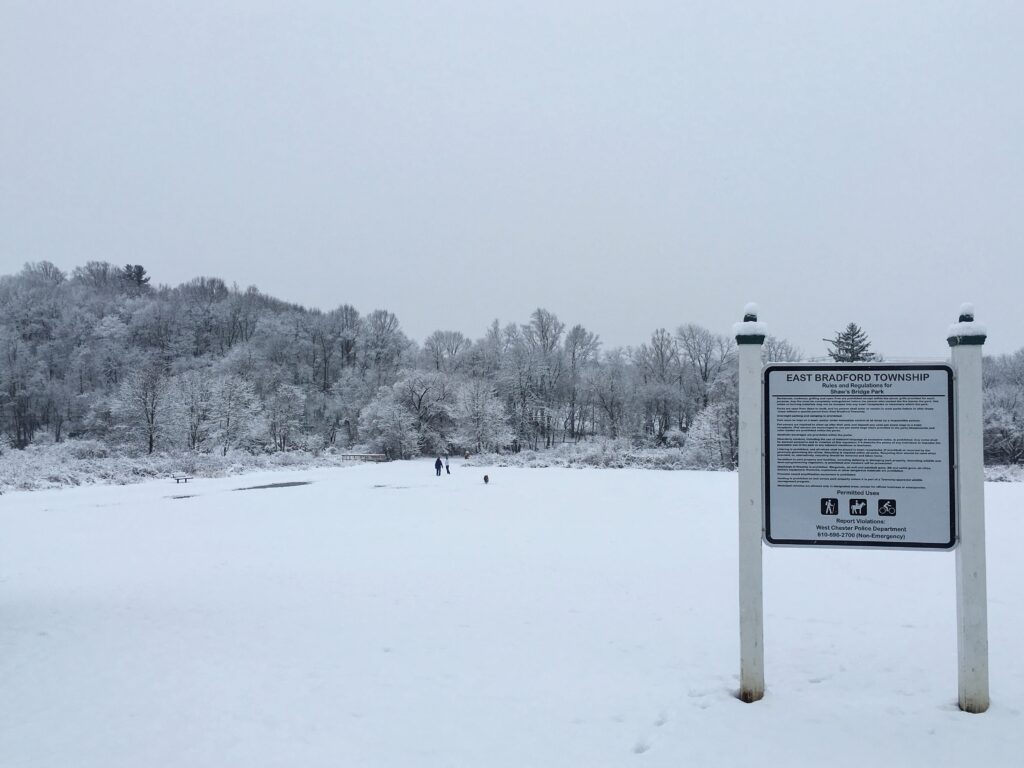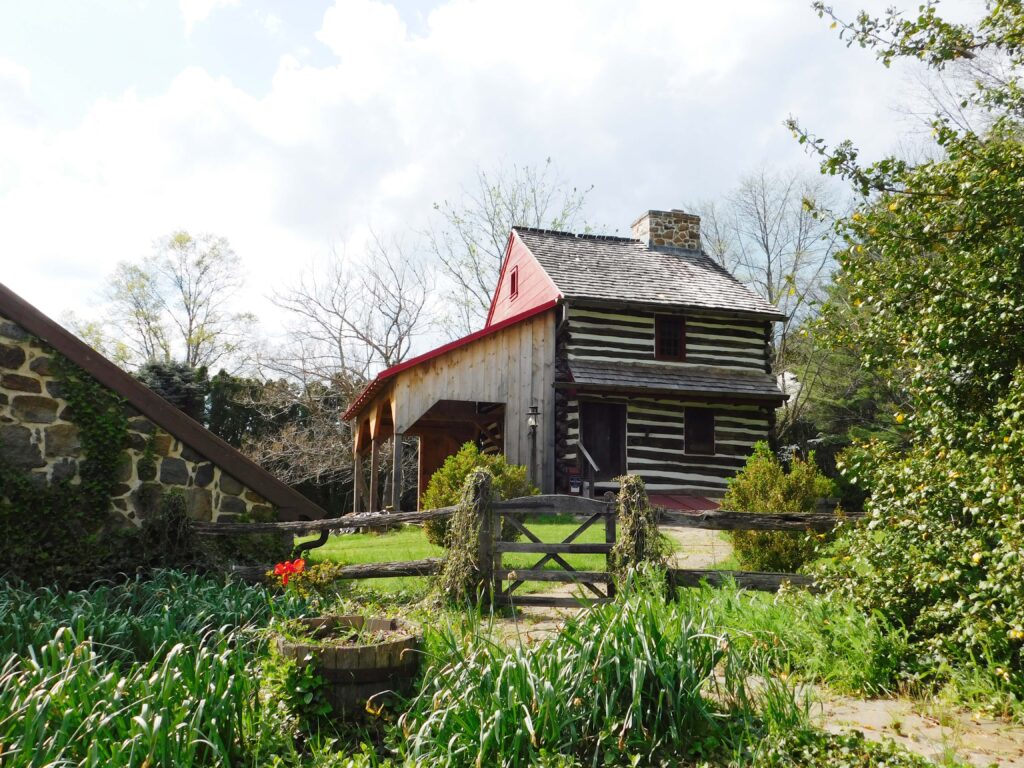Picture an oak in your mind. What do you see?
Do you imagine a large, tall tree in the middle of a field? Or do you picture a small, scrubby shrub on a sun-baked rock?
Either way, you are right.
Oaks come in all shapes and sizes. There are approximately 500 species – everything from majestic trees to tiny shrubs. And many species of oaks are threatened by over-development.
That’s why biologists are so excited about two conservation easements held by NALT in St. Claire County, Alabama. There, NALT biologists have discovered a large population of one the world’s rarest oak species, Quercus boyntonii or the “Alabama sandstone oak.” Biologists have counted approximately 150 oaks on the NALT properties. They believe there are only 1,000 oaks left in Alabama.

“It was really rare even before it started losing habitat. Now, the NALT properties contain a significant percentage of the species’ entire population,” said Patrick Thompson, curator of Auburn University’s Davis Arboretum and coordinator of the Alabama Plant Conservation Alliance.
NALT accepted the easements in 2013 after NALT field biologist Lee Echols discovered the rare oak population, which is listed as Critically Endangered by the International Union for the Conservation of Nature. The properties, Shoal Creek North and Shoal Creek South, are northeast of the City of Birmingham and located in the north-central part of the state.
“Over the last quarter century, the North American Land Trust has protected an incredible amount of important biodiversity in the Southeast and beyond. But we need to tell the rest of the world about it,” Echols said.
Thompson and Echols recently visited the NALT properties with NALT’s field biologist Ron Lance. They conducted a “quick count” of the shrub oaks and checked on their health. They also collected acorns and looked for any health threats, such as invasive species.

The Alabama sandstone oak has evolved to grow in the hottest, driest landscape it can find. It is only known to grow in the state of Alabama, although there has been an unconfirmed sighting in Texas.
“They grow on baking hot rocks,” Thompson said. He added that the quality of the outcrop habitat needed for the oaks has been diminished over the years, as the City of Birmingham and its suburbs have removed fire events and introduced invasive species.
That’s where NALT steps in. The land trust works with diverse partners across the United States to protect endangered species and preserve open spaces. In addition to the Shoal Creek easements, NALT protects several thousand acres in and around the City of Birmingham.
“The people of Alabama have pride for our natural heritage. The only place these oaks are known to be alive is Alabama,” Thompson said. “We need to protect that biodiversity.”



